When you are removing a kitchen faucet, the basin wrench is an important tool to have. They come in many different sizes and they make it easier to remove stubborn plumbing fixtures like sinks, toilets, and faucets. However, if you don’t have one on hand or you need something smaller than what’s available in stores then try these tricks!
What Should You Use If You Don’t Have a Basin Wrench?
The first popular question is What Should You Use If You Don’t Have a Basin Wrench?
It’s a good idea to have one, but you don’t always need it. So rather than buying one before your project knowing that you might not use it again for another year or so, here are some things you can use instead of a basin wrench:
- An adjustable wrench – this has a jaw that can open up to almost any size. The downside is it’s not as strong as the actual basin wrench, so if you have a tight fit, make sure you only use half of your strength when removing the faucet or else it will slip out and break off in parts on your sink.
- A pair of channel-lock pliers (with rubber pads) – these are similar to an ordinary pipe wrench but more flexible since they don’t need to clamp down hard as other tools do; also very useful for holding onto smaller objects while working with them. Be careful though because, without pads around its jaws, metal scratches easily – which you definitely want to avoid when working with a sink!
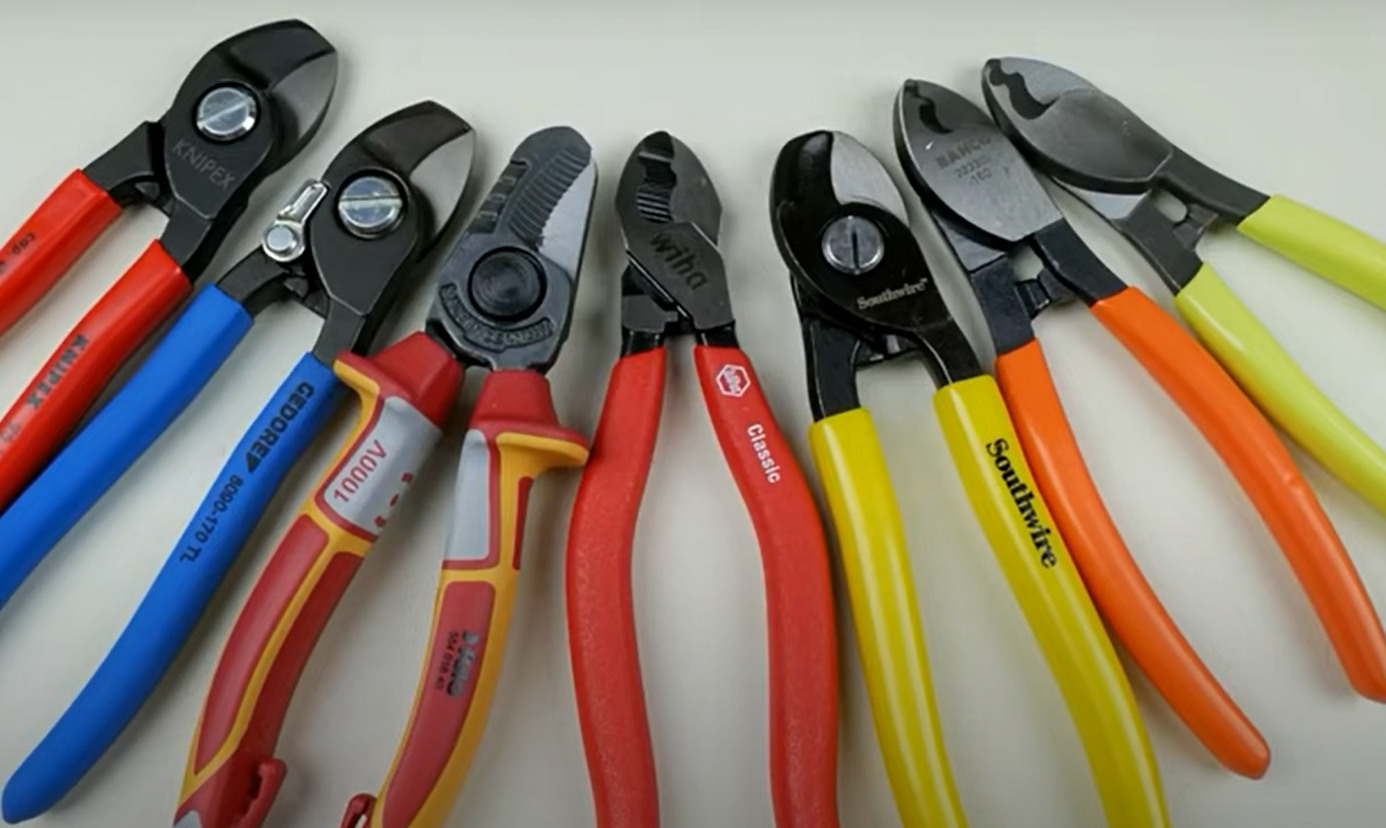
- A hacksaw – this is very helpful if your basin wrench has become stripped and you need to cut through anything in order to remove the faucet. You can either use it alone or alongside another tool such as an adjustable wrench. Just be careful not to scratch up any parts of the sink while cutting, which could result in rusting later on (and we’re sure that’s one thing you don’t want!).
So if you don’t have a basin wrench, just use one of these options to get the job done!
How To Remove Your Kitchen Faucet Without a Basin Wrench
This is instruction on how to remove the kitchen faucet without a basin wrench. And this can be applied to most faucets.
First of all, you need to turn off the water supply and drain some water out. You can do this by turning on your faucet so that it pours into a bucket or sink. Then close the faucet and open up the main valve for the house’s plumbing system. If you have an outdoor hose attached to your kitchen faucet, detach them from each other now as well. Remember not to block any air vents with anything while draining out some water from the plumbing systems in order to ensure they flow smoothly when turned back on later.
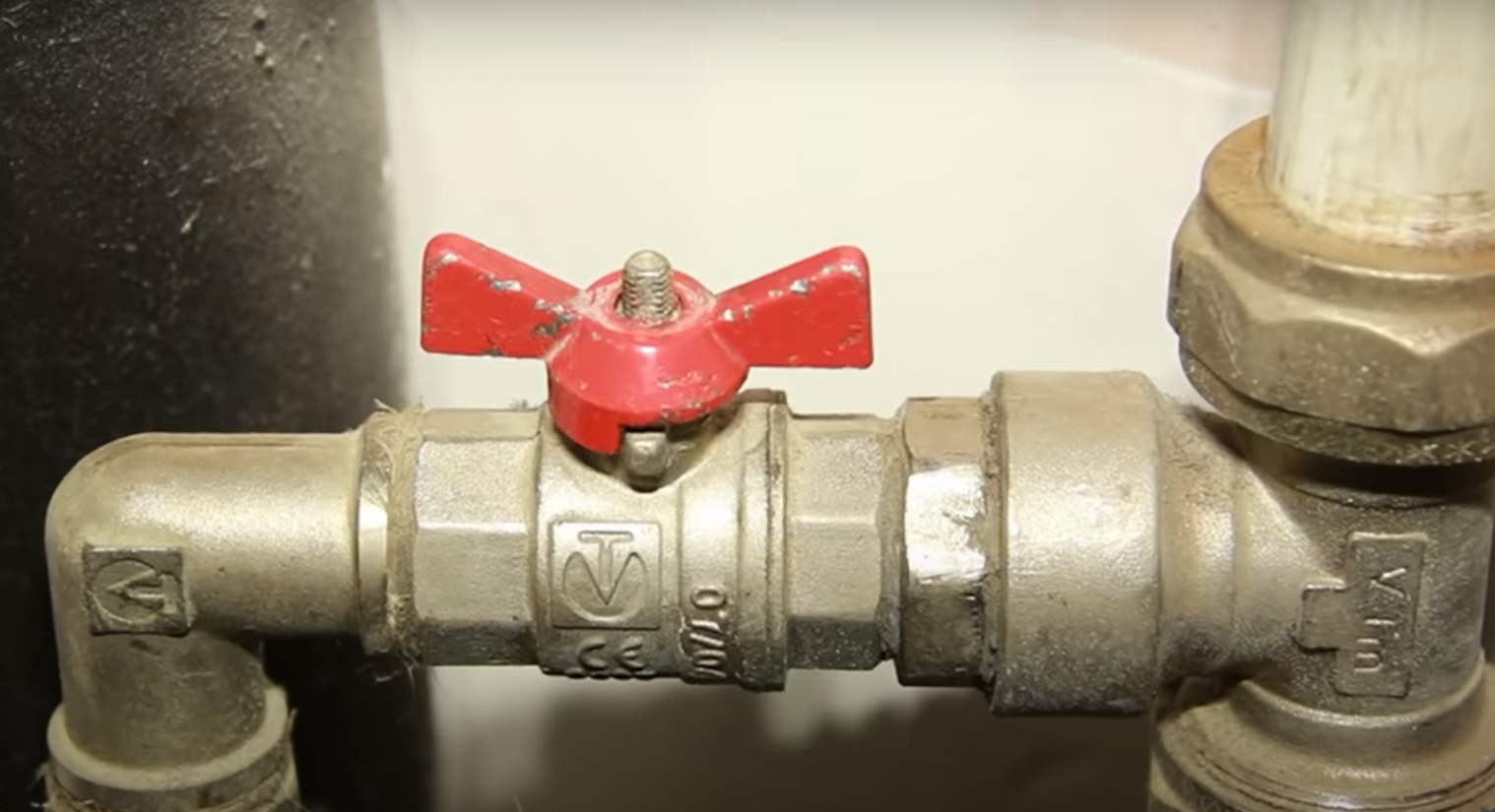
Now it’s time to remove the nuts and bolts holding your faucet in place. You can do this by using an instrument that lets you reach into those tight, awkward spots where most normal wrenches won’t fit. If you don’t have one at home already, I suggest picking up some plumber’s tape as well, which is used for things like gas fittings and is good for making threaded connections airtight and water-resistant (basically what we need here). As long as you buy something made out of stainless steel with no sharp edges on the inside, these should work fine even if they’re not intended specifically for plumbing applications.
If there are rubber washers behind each nut and bolt, you’ll need to remove them too.
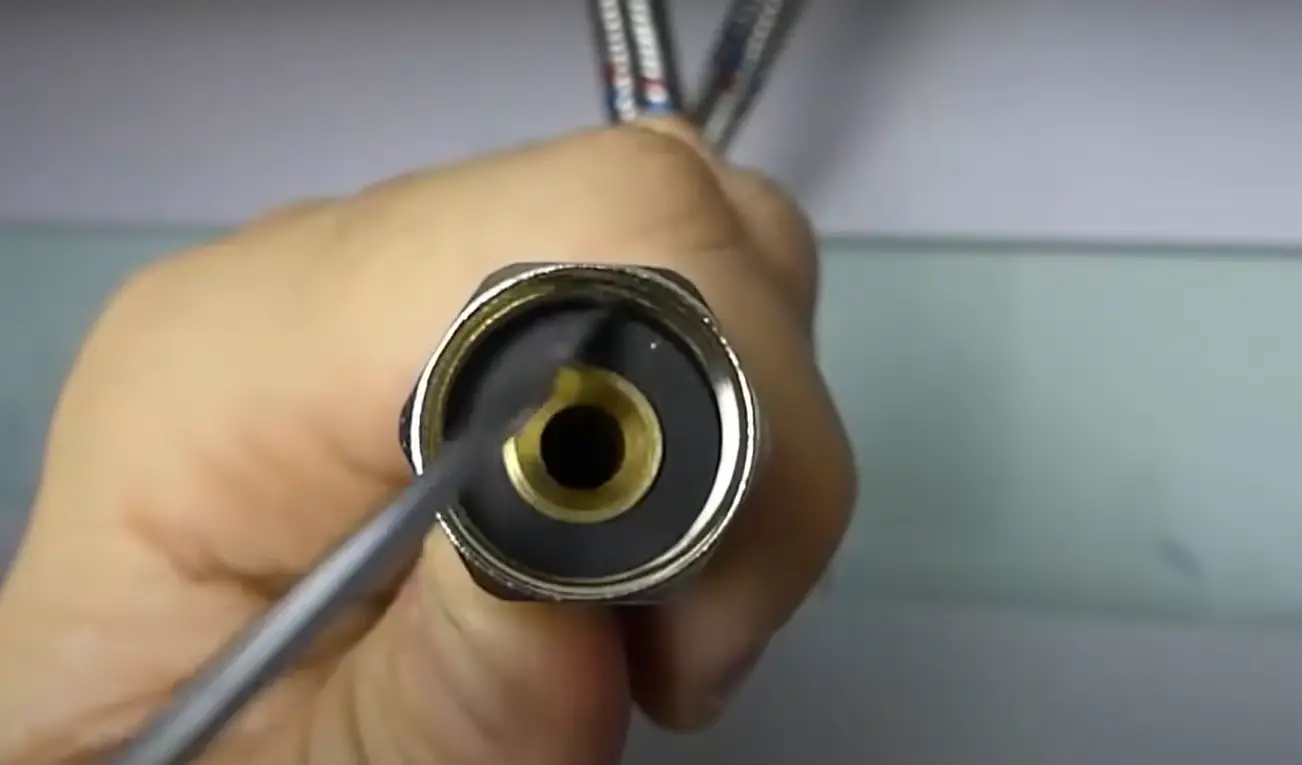
When all is done, you can now safely empty out some remaining water still inside the piping system by using a hand-held hose connected directly into the main valve at this point. Once drained out, close up that valve too then proceed with removing or detaching anything else left behind such as old mounting ring(s) which used to hold down your previous sink deck.
You should now be able to lift your old kitchen sink up and out of the countertop. If you have access from underneath, remove any remaining screws or nails that may still hold it down there too while being careful not to drop anything onto the floor below. If done correctly without a hitch, take this whole thing over to your dumpster outside then place it inside for pick-up later on by trash collectors who will haul away everything safely for disposal at their designated landfill site somewhere else in town.
And now tighten nuts with plumber’s tape around each one while also putting more on top after placing any rubber gaskets underneath them as well. This will ensure everything is airtight and water-resistant.
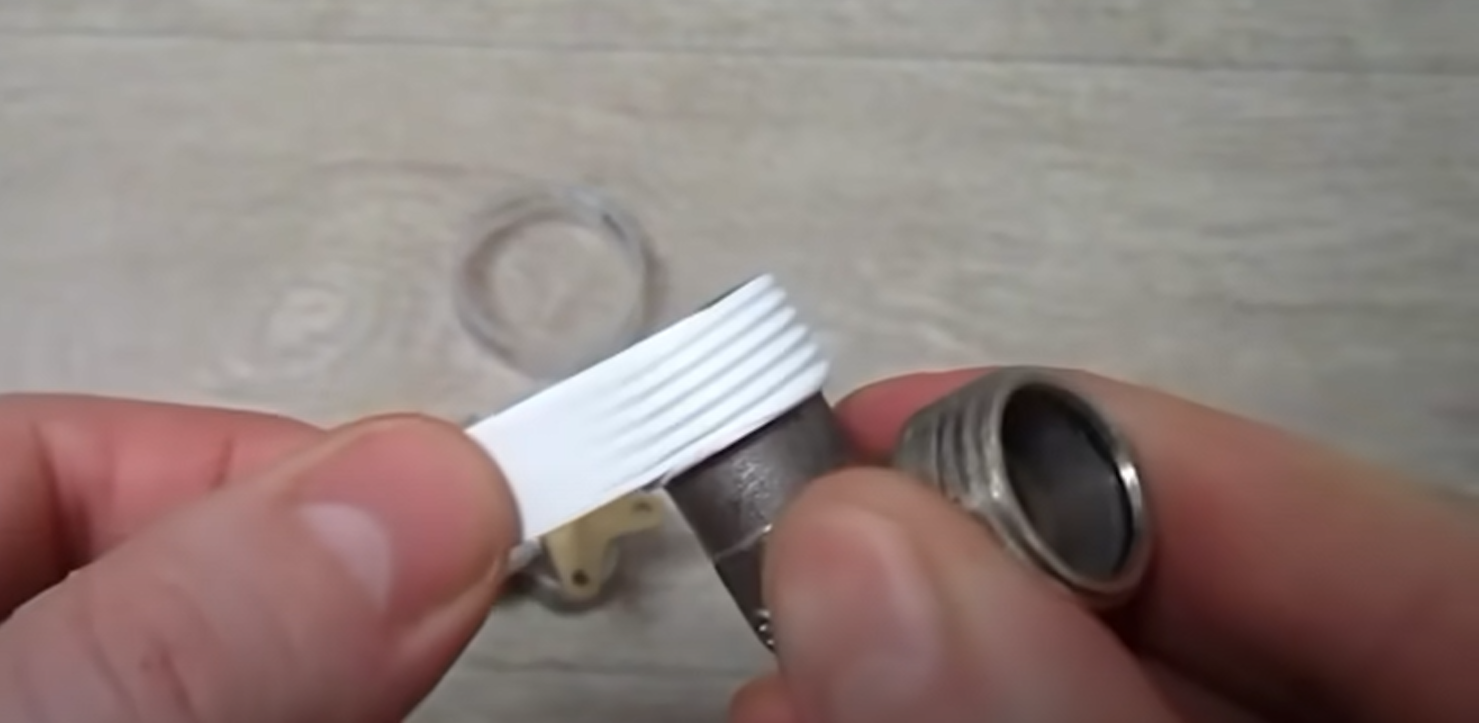
Now you’re ready to turn the main plumbing system back on! Hopefully, this will work like a charm, but if not, there might be some leaks that need more attention than I can give it here (so make sure they get fixed before turning things on). Enjoy your newly functional faucet.
Comparison of Methods to Remove a Kitchen Faucet Without a Basin Wrench
This table compares different methods for removing a kitchen faucet without using a basin wrench. The methods are evaluated based on their ease of execution, availability of tools, and potential risks involved. The data presented here is measured in the imperial system.
| Method | Ease of Execution | Tools Required | Potential Risks |
|---|---|---|---|
| Method 1: Adjustable Wrench | Medium | Adjustable wrench | Scratching or damaging the faucet or sink |
| Method 2: Locking Pliers (Vice Grips) | Easy | Locking pliers | Potential damage to the faucet or water lines |
| Method 3: Hammer and Screwdriver | Difficult | Hammer, screwdriver, towel | Higher risk of damaging faucet or plumbing |
| Method 4: Pipe Wrench | Medium | Pipe wrench, cloth | Potential damage to the faucet or water lines |
| Method 5: Plumber’s Wrench | Easy | Plumber’s wrench | Less risk of damage compared to other methods |
This table presents a comparison of various methods to remove a kitchen faucet without a basin wrench. Each method is evaluated based on four indicators: ease of execution, tools required, and potential risks. The methods included are:
- Method 1: Adjustable Wrench: This method requires the use of an adjustable wrench. It has a medium level of ease, but there is a risk of scratching or damaging the faucet or sink.
- Method 2: Locking Pliers (Vice Grips): This method involves using locking pliers (vice grips) to remove the faucet. It is relatively easy to execute but carries a potential risk of damaging the faucet or water lines.
- Method 3: Hammer and Screwdriver: This method is more challenging and involves using a hammer, screwdriver, and a towel. There is a higher risk of damaging the faucet or plumbing when using this method.
- Method 4: Pipe Wrench: This method requires a pipe wrench and a cloth. It has a medium level of ease but carries a potential risk of damage to the faucet or water lines.
- Method 5: Plumber’s Wrench: This method involves using a plumber’s wrench, which is specifically designed for plumbing tasks. It is relatively easy to execute and carries less risk of damage compared to other methods.
Please note that while these methods can be effective, it is advisable to consult a professional plumber if you are unsure or uncomfortable with the removal process to avoid any potential damage to the plumbing system.
FAQ
Do you have to use a basin wrench?
No, you don’t have to use a basin wrench. You can just as easily unscrew the faucet from your sink by hand with a screwdriver and pliers. However, having a basin wrench especially for plumbing jobs will make it easier to remove any stubborn nuts.
Does the water need to be turned off?
Yes, you’ll want not only to turn off your main faucet but also any shutoff valves for the sink. If there’s a separate cutoff valve under each area of each tap, make sure those are closed as well. Turn on all sinks and tubs in your house so that you don’t lose any water pressure.
What if you can’t turn off the water?
Then use buckets or containers to collect the excess. Make sure these are clean and dry first, though! Then put them under your sinks’ drain holes; this way, at least the faucet will still be draining into something. If there’s no drainage available (like with a pedestal sink), you’ll need to turn on your bathtub’s drain plug.
How do I know which way to turn the faucet?
Turning your faucet counterclockwise will loosen it, but this isn’t a given for all types of valves and fittings. You may have to check your existing fixtures first so that you can follow their example when it’s time to remove your new faucet.
What if my nuts are stuck?
If the nuts on your plumbing fixtures have been corroded by rust or mineral deposits, you may not be able to simply unscrew them. In this case, it helps to soak each of the fittings overnight in a bowl of white vinegar before you try to remove them. This will help dissolve away any grime and grit that’s keeping the nuts from turning freely, but you’ll still need a basin wrench for this job.
If your faucet has been leaking or dripping, then don’t worry about removing it just yet. You can easily fix most drips by tightening up loose fittings. If the faucet is leaking from under its base, then you can try to tighten up anything that’s loose there as well.
What can I use instead of a plumbing wrench?
You can try using a strap wrench, but this may make it harder to get the job done. If you don’t have any other options available to you, though, then go ahead and give it a try if that’s what your budget allows for at the moment. Otherwise, just use whatever works best in your situation without worrying too much about what your other options are.
How do you loosen tight bolts without tools?
You can use a C-clamp to loosen tight bolts without tools. However, you won’t be able to get at all types of nuts or fittings with this method so it’s not the best choice in every case. You will also need two people for this job if your existing faucet is very heavy and bulky.
Can I remove a kitchen faucet without using a basin wrench?
Yes, you can remove a kitchen faucet without using a basin wrench. There are alternative methods that you can try if you don’t have a basin wrench available. Some of these methods include using adjustable pliers, a pipe wrench, or a pair of channel-lock pliers.
What are the steps to remove a kitchen faucet without a basin wrench?
To remove a kitchen faucet without a basin wrench, follow these steps:
- Turn off the water supply to the faucet.
- Disconnect the water supply lines from the faucet using adjustable pliers or a pipe wrench.
- Remove any nuts or screws securing the faucet to the countertop or sink.
- Once the faucet is free, lift it out of the sink or countertop.
Can I remove a kitchen faucet if I can’t turn off the water?
If you can’t turn off the water supply to the faucet, it is not recommended to attempt removing the kitchen faucet. Shutting off the water supply is crucial to prevent water leakage and potential damage. It is advisable to consult a professional plumber to handle the situation if you are unable to turn off the water.
Is there an alternative way to determine which way to turn the faucet?
If you are unsure which way to turn the faucet to loosen it, you can try turning it in both directions while applying gentle pressure. Typically, most faucets loosen by turning them counterclockwise. However, there may be some exceptions, so it’s best to try both directions to determine the correct way to loosen the faucet.
What if the nuts on the faucet are stuck?
If the nuts on the faucet are stuck and difficult to loosen, there are a few techniques you can try:
- Apply penetrating oil, such as WD-40, to the nuts and let it sit for a while to loosen any rust or debris.
- Use a pair of pliers or a wrench with a longer handle to gain more leverage and increase torque.
- If the nuts are still stubborn, you may need to resort to cutting them off using a hacksaw or a reciprocating saw.
What can I use instead of a plumbing wrench to remove the faucet?
If you don’t have a plumbing wrench available, you can use alternative tools such as adjustable pliers, a pipe wrench, or a pair of channel-lock pliers. These tools can provide a firm grip and allow you to loosen and remove the faucet nuts or fittings.
Is it possible to loosen tight bolts without any tools?
Loosening tight bolts without any tools can be challenging, but there are a few techniques you can try:
- Apply heat to the bolt using a blowtorch or a heat gun. The expansion caused by the heat may help loosen the bolt.
- Try tapping the bolt lightly with a hammer or mallet to break up any corrosion or rust that may be causing it to stick.
- If there is enough space, you can try using a pair of pliers or a wrench to gain leverage and apply force to loosen the bolt.
- If all else fails, it may be necessary to use a specialized tool, such as a bolt extractor or a socket wrench, to remove the tight bolt.
Useful Video: Why (and how) to install a new kitchen faucet
Final Thoughts
With that said, you now have a better understanding of how to remove your kitchen faucet without a basin wrench as well as everything else it takes to do so successfully too. It is not difficult to do, but it does take some time to get everything right. Just make sure to be patient and follow the steps outlined above, you will get there.
We hope that this article has been both helpful and educational for you. We know that many people need a bit of guidance when it comes to kitchen faucet removals, so we have attempted to provide as much information as possible in order to help make the process go well!
Have you ever had to remove a kitchen faucet? How did you go about doing so and was it easy or difficult for you? Let us know in the comment section below.





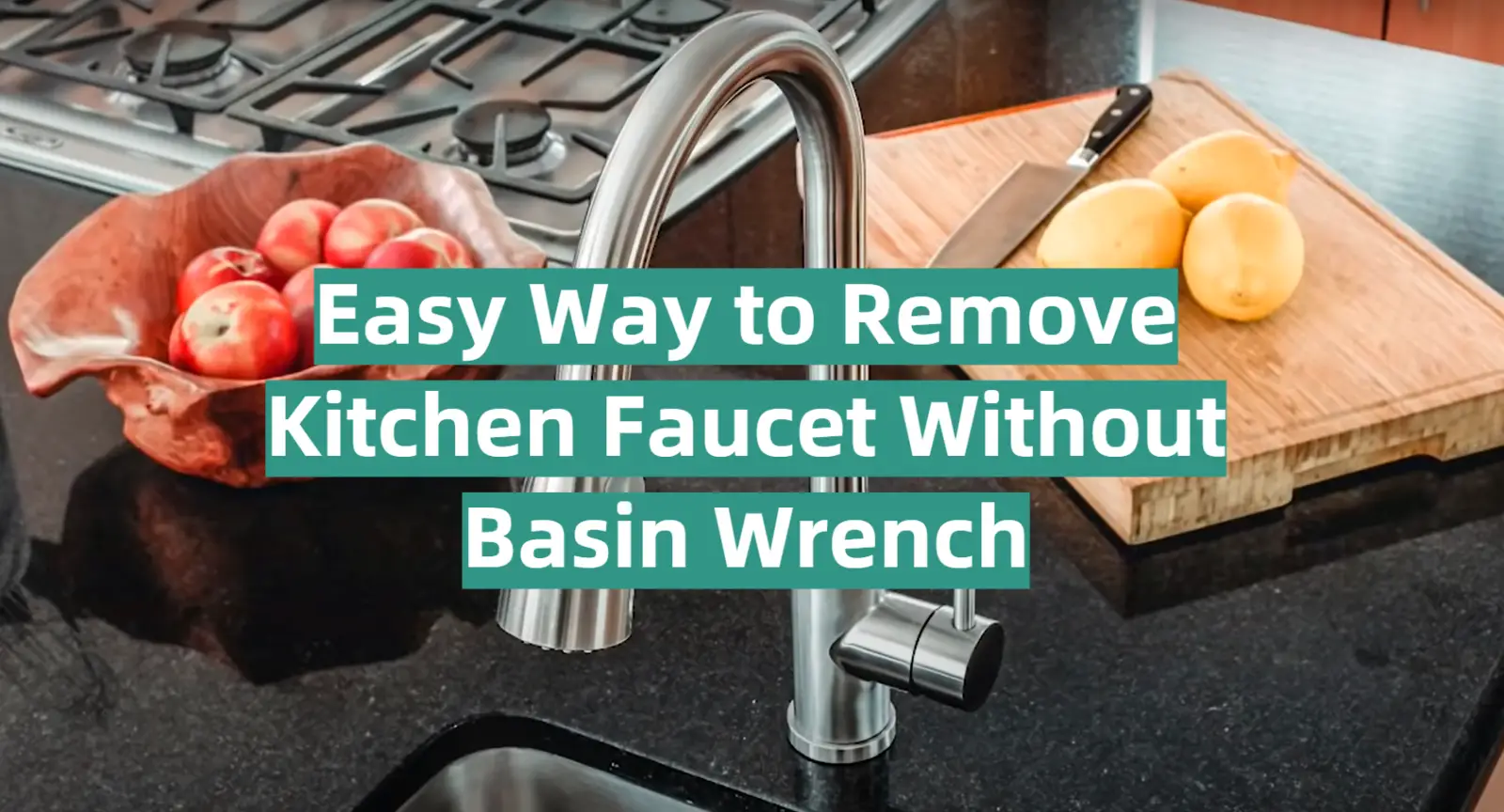






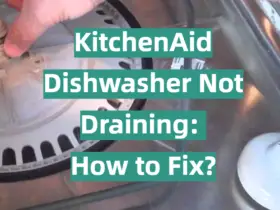
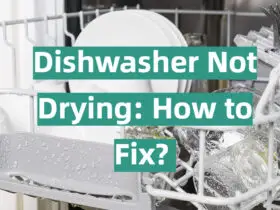
I was dreading having to use a basin wrench to remove my old leaky kitchen faucet. Those things are so awkward and never seem to fit well in tight spaces. I found that using an adjustable wrench and grabbing the faucet nut from the top side allowed me to loosen it without needing that specialized basin wrench at all. Made the job so much quicker and easier!
When my kitchen faucet started leaking, I knew I needed to replace it but didn’t have a basin wrench. I was able to remove the faucet nut using vice grips and turning from above the sink. It took a bit of maneuvering to get the vice grips on correctly, but with some patience I got the nut off without having to buy any specialized tools.
I always hated using basin wrenches – they never seem to fit right and just make removing faucets more frustrating. When I needed to replace my kitchen faucet, I was dreading having to use that wrench again. Luckily, I found that by using a crescent wrench and turning the nut from above the sink, I could get it loose fairly easily without the basin wrench. It made the job so much quicker!
Removing old faucets used to be a headache for me until I realized you don’t actually need a basin wrench in most cases. For my latest kitchen faucet installation, I was able to remove the old faucet nut simply using an adjustable wrench and accessing it from above the sink. No more struggling with that awkward basin wrench!
I used to think a basin wrench was required to remove kitchen faucet nuts, so I dreaded anytime I needed to replace a faucet. Recently I discovered you can actually remove most faucet nuts from above the sink using locking pliers or an adjustable wrench. Just grip the nut tightly and turn – no basin wrench required! It makes faucet removal so much easier.
When the spray hose on my kitchen faucet broke, I immediately started looking for my basin wrench to remove the faucet. I quickly realized it was missing! Rather than run to the store, I tried using a set of vice grips on the nut from above the counter. It actually worked perfectly to loosen and remove the nut without that specialized tool.
I just moved into a new place and needed to replace the leaky kitchen faucet. I didn’t have a basin wrench and didn’t want to buy one for a single use. Luckily, I was able to remove the faucet by reaching my arm down into the cabinet and holding the nut still with a wrench while unscrewing the mounting bolt above. A little inconvenient but saved me from buying another tool!
I was very frustrated trying to remove my rusty old kitchen faucet nut with a basin wrench recently. No matter how much WD40 I used, that nut refused to budge! On a whim, I tried using a hacksaw blade to gently saw through the old nut from above the sink. It took some time and patience, but I finally got that rusted nut off without rounding it off completely.
For the longest time I thought a basin wrench was essential to removing old sink faucets. But when mine recently needed replacing, I discovered you can actually get those nuts loose using vice grips and accessing them from above the sink. It takes a bit of maneuvering but it’s doable. No need for that clunky basin wrench after all!
I was not looking forward to wrestling with my rusted on kitchen faucet nut when I needed to replace the leaky faucet. To my surprise, I found I could actually loosen the nut using an adjustable wrench and turning from above the sink. No need to fuss with a basin wrench at all! Just a little elbow grease and the right angle did the trick.
Replacing my kitchen faucet used to involve fighting to fit a basin wrench into the tight space under the sink. For my latest installation, I wised up and used a simple adjustable wrench to loosen the faucet nut from above. So much easier than struggling with that awkward basin wrench! I’ll never go back to using one.
I recently had to remove my old kitchen faucet and was dreading using a basin wrench, which I could never quite get the hang of. On a whim, I tried using locking pliers on the faucet nut from above the sink and was able to loosen it enough to unscrew by hand. It was so much quicker and easier than messing with that specialized tool!